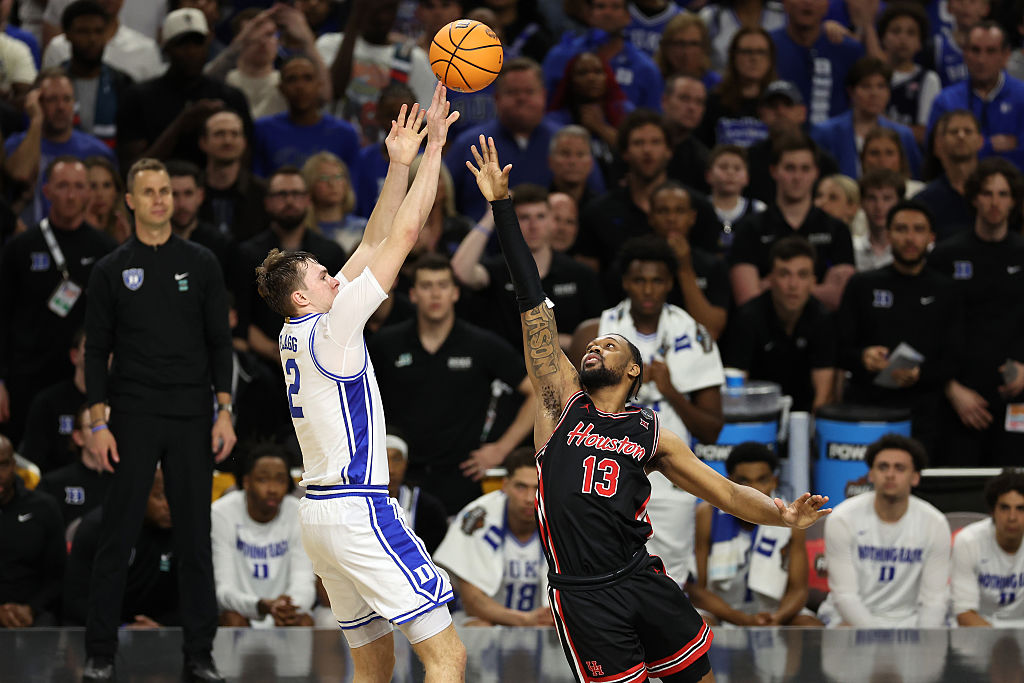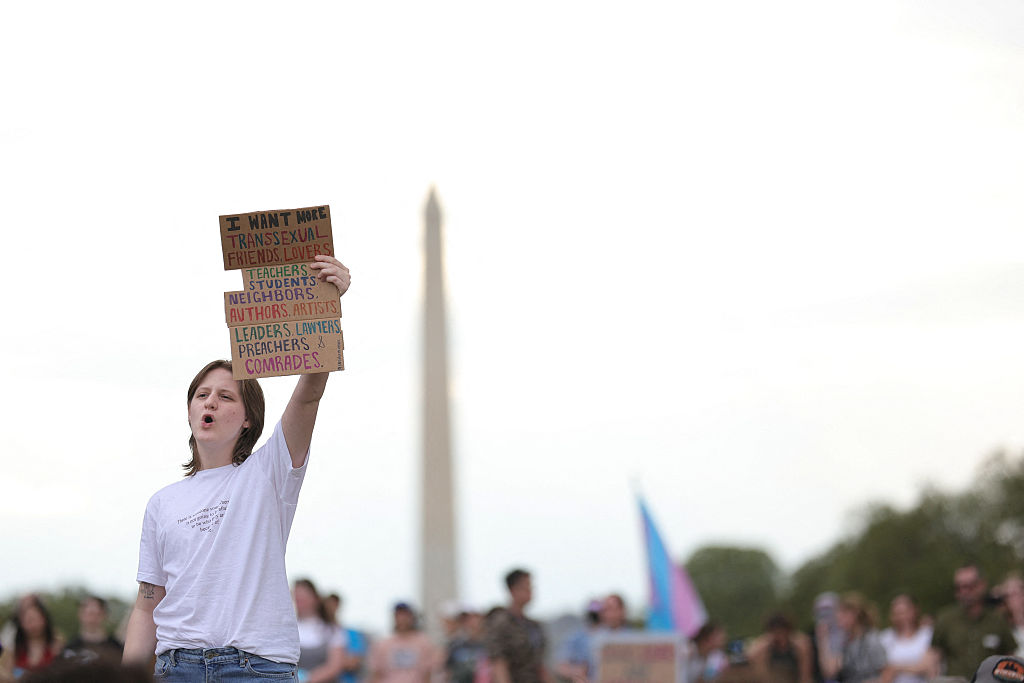The Tampa Bay Rays stand for a lot of things—good baseball on the cheap, a stadium that cannot die because it cannot be replicated, attempts to split home bases with a city 1,480 miles away, openers, bland and generic uniforms. Purists hate them because they have done more to change the way modern baseball is played than any other team, and they have made anonymous synonymous with eponymous. Rays baseball is not just a thing, it is a way of playing, thinking, and not paying for the game.
Oh, and one more thing. They are the most amazing coincidence in baseball history because they used to be the Tampa Bay Devil Rays, and great googly moogly, did they suck, and on an almost galactic level both on and off the field. Then they changed their name in considerable part because religio-Floridians complained about the name "Devil," went from the worst team in baseball for their first decade to a World Series participant in their first not-Devil season and the fourth most successful team in baseball in the ensuing 15 years. You may draw your own conclusions about the connection between that campaign and our current parlous national state. All we know is, it's Rays Week, and we're floundering here.
And speaking of floundering ... the Tampa Bay Devil Rays. They were born as an expansion team in 1995 when baseball was neck-deep in its glorious steroid era and was looking for new suckers to buy into the old scam. The San Francisco Giants had tried to move to Tampa in 1992 and were stopped only by intense "over my dead body" lobbying by Dodgers owner Peter O'Malley, who wanted to keep their best TV draw close to home, and White Sox owner Jerry Reinsdorf, who was thinking about moving to Tampa to scare the Illinois legislature into paying for a new version of Comiskey Park. Anything you read to the contrary is a lie; those two guys kept the Giants in San Francisco and kept Tampa open for ... well, Vince Naimoli.
Naimoli was a local millionaire who thought Florida was ready for a second team to go with the Florida Marlins, and while Tampa might have been ready, St. Petersburg wasn't, and St. Petersburg was where they put the nuclear facili—err, ballpark. The wrong design, the wrong place, the wrong vibe ... it all combines to make the Rays a consistent non-starter when western Floridians are looking for fun, entertainment, and other people. They drew 2.5 million people the first year, 1.5 million the next, were last in attendance in Year Four and have stayed last in nearly every year since. Winning, losing or treading water, they repel fans at a spectacular rate.
Naimoli was noted mostly for choking a quarter until it turned into two dimes because he didn't know value when it hit him in the throat. He originally wanted the team to be called the Tampa Bay Sting Rays, but wouldn't pony up the $35,000 it would take to satisfy the Maui Sting Rays of the Hawaii Winter Baseball League. This after paying the $130 million expansion fee to become a major league baseball owner, a sign of the keen business acumen that would explain why he became a pantomime villain in town and eventually decided to sell the team. He settled on Devil Rays because consultant Anne Occi thought it sounded more masculine/threatening than plain old Rays, and so it was done.
The Devil Rays had cool uniforms based on a multicolored ray but they got the stuffing all wrong, as expansion teams typically do. Their first real impact player was Rolando Arrojo, who finished second in the Rookie of the Year voting and within two years was shuffled off to Colorado. It sort of went that way from crap year to crap year, to the point where Naimoli gave up and sold the team to Stuart Sternberg, who bought the entire mess including the nickname complainants who maintained their idiotic stance that the team's nickname was an homage to Satan. The team's record was pretty damned devilish, but Sternberg had ideas, and the first was to rename the team. He claimed that the team had received approximately 1,000 suggestions, and after they discarded all the "GFY" suggestions narrowed the list to “Aces,” “Bandits,” “Cannons,” “Dukes,” “Stripes,” "Wave," and his own personal favorite, the “Nine.” He should have frontally challenged the loons by calling it the Six Six Six, but Sternberg's days of boldness were more than a decade off.
Eventually they decided that Occi's alleged reluctance to Rays was shortsighted and redesigned the works, dropping the Devil in an attempt to save money on lettering, giving them a blander look and installing better players. The last idea was a marketing triumph, as the team went from 66 wins to 97 immediately, beat the White Sox and then the Red Sox before losing to the last exceptional Phillies team in the World Series.
Since then, the Rays have had only one losing season, changed baseball to add value to their terminal level of thrift, and are still stuck in their ballpark and drawing the lowest crowds in the American League until this season, in which the new leader in unused chairs is Oakland. Sternberg's solution there was to suggest that the Rays split their seasons between Tampa and Montreal, an idea so magnificently constructed that his fellow owners laughed it, and him, out of the room.
So they remain—the most out-of-the-boxian thinkers in the game thanks to Andrew Friedman, who has since left to run the Dodgers, the most successful manager in the game in Kevin Cash, and a roster of young impressionables who have kept them in the American League playoff race despite the fact that the Yankees have already eaten the serious competition. They are a successful baseball team that has weaponized thrift for good and ill, have kept the same name for their ballpark (Tropicana Field, a.k.a. The Trop) through bad years and worse, and are the most copied baseball ops department in the game, which works for them but has led to a new orthodoxy that many fans find stifling. Whether they deserve that blame or not is a matter for people more invested in the debate, but this much is true.
The old hats and uniforms were significantly cooler. In that one way, they have very much deteriorated.






